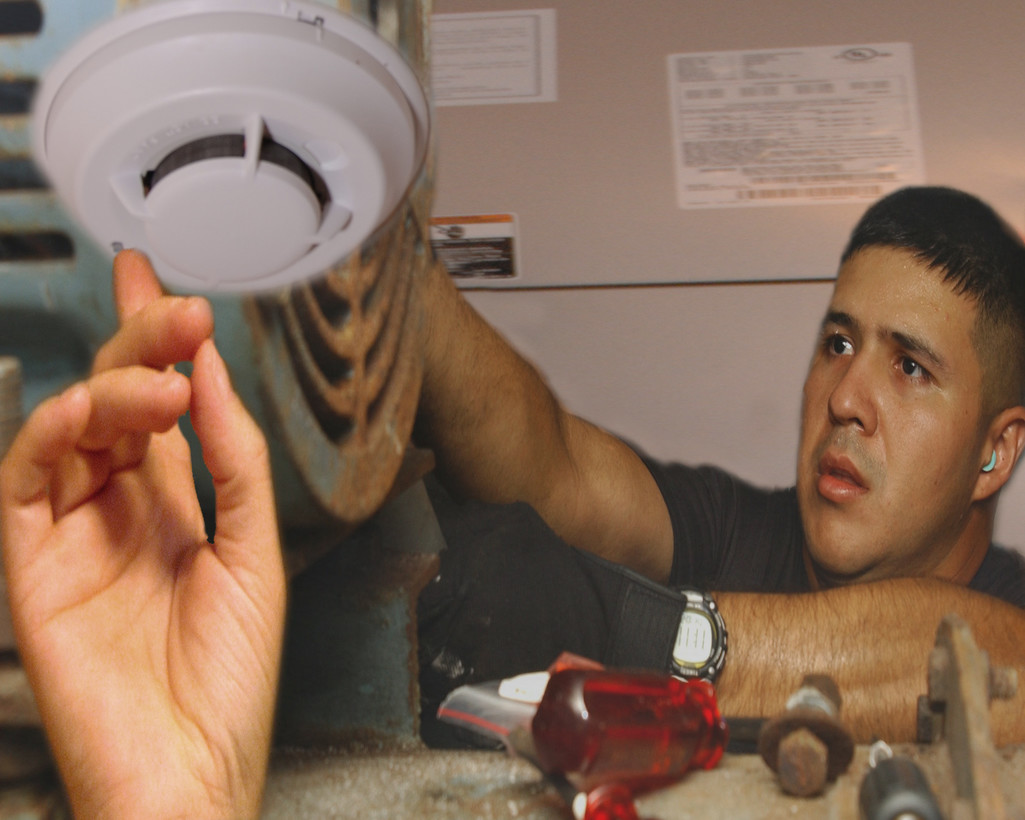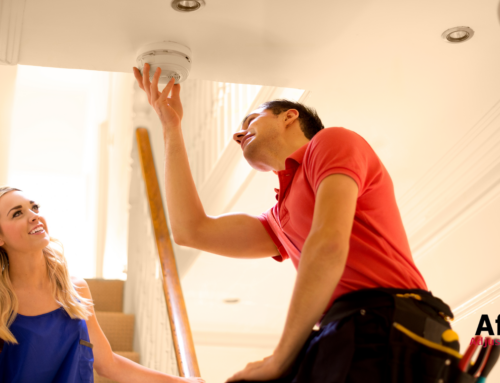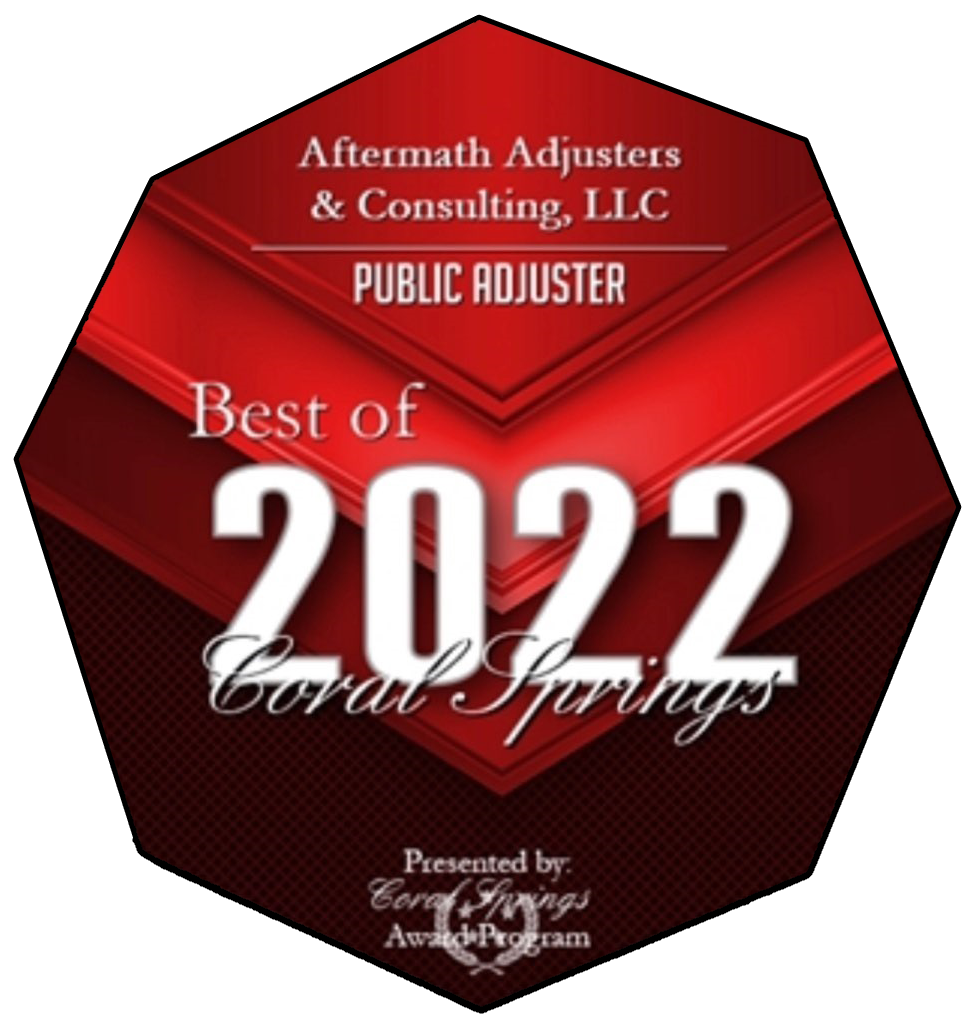When a hurricane hits, many people use generators to keep power to their homes. However, doing so can increase the risk of carbon monoxide poisoning. Over 430 people die every year in the U.S. due to accidental CO poisoning. This increases to about 50,000 people that visit the emergency department each year for the same reason.
CO is a fume that can build up in partially or fully enclosed areas. People and animals in these spaces can be poisoned and can die from breathing it. CO can be produced by:
- Furnaces
- Kerosene heaters
- Vehicles warming up in garages
- Stoves
- Lanterns
- Gas ranges
- Portable generators
- Burning charcoal and wood
Carbon monoxide poisoning is completely preventable. You can help protect your family and yourself from CO poisoning by taking a few simple steps to prevent it. You can also help by learning about CO poisoning symptoms.
Recognizing Carbon Monoxide Poisoning
The symptoms of carbon monoxide poisoning include:
- Dull headache
- Shortness of breath
- Confusion
- Weakness
- Blurred vision
- Dizziness
- Nausea or vomiting
- Loss of consciousness
Carbon monoxide poisoning can have very subtle warning signs. The condition, however, is life-threatening and a medical emergency. Get into fresh air and find emergency medical care if you think you or another person might have CO poisoning.
Carbon monoxide exposure can be more dangerous for:
- Unborn babies: Fetal blood cells absorb CO more easily than adult blood cells. This means that unborn babies are more susceptible to CO
- Children: Young children breathe more frequently than adults which can make them more likely to have CO
- Older adults: Older people who experience CO poisoning are more likely to receive brain damage from it.
- People with chronic heart disease: People that have a history of anemia or breathing problems are more likely to get sick through exposure to CO.
- People that are unconsciousness from CO: Loss of consciousness is a sign of more severe exposure.
Carbon Monoxide Poisoning Prevention Tips
Here are a few tips to help prevent carbon monoxide poisoning after a hurricane or other disaster:
- Replace your CO detector batteries every six months. You should get a battery-powered or battery back-up CO detector if you don’t already have one.
- Have a qualified technician service your heating system, water heater and any other gas, oil, or coal burning appliances every year.
- Keep vents and flues clear of Debris will block the ventilation lines.
- Do not leave a vehicle running while it is parked in a partially or fully enclosed space, like a garage.
- Never run a vehicle, generator, pressure washer, or any gasoline-powered engine closer than 20 feet to an open window, door, or vent where exhaust might vent into an enclosed area.
- Do not use a charcoal grill, hibachi, lantern, or portable camping stove in an enclosed space.
- Do not run a generator, pressure washer, or any gasoline-powered engine in an enclosed space, even if there are open doors or windows.
With hurricane season upon us, understanding what to do in the aftermath of a storm is critical. Be sure to follow these tips to avoid carbon monoxide poisoning. Also, remember to call Aftermath Adjusters & Consulting if your home experiences any damage. We will work to help you get the highest payout possible so you can restore your home and get back to the act of living.









